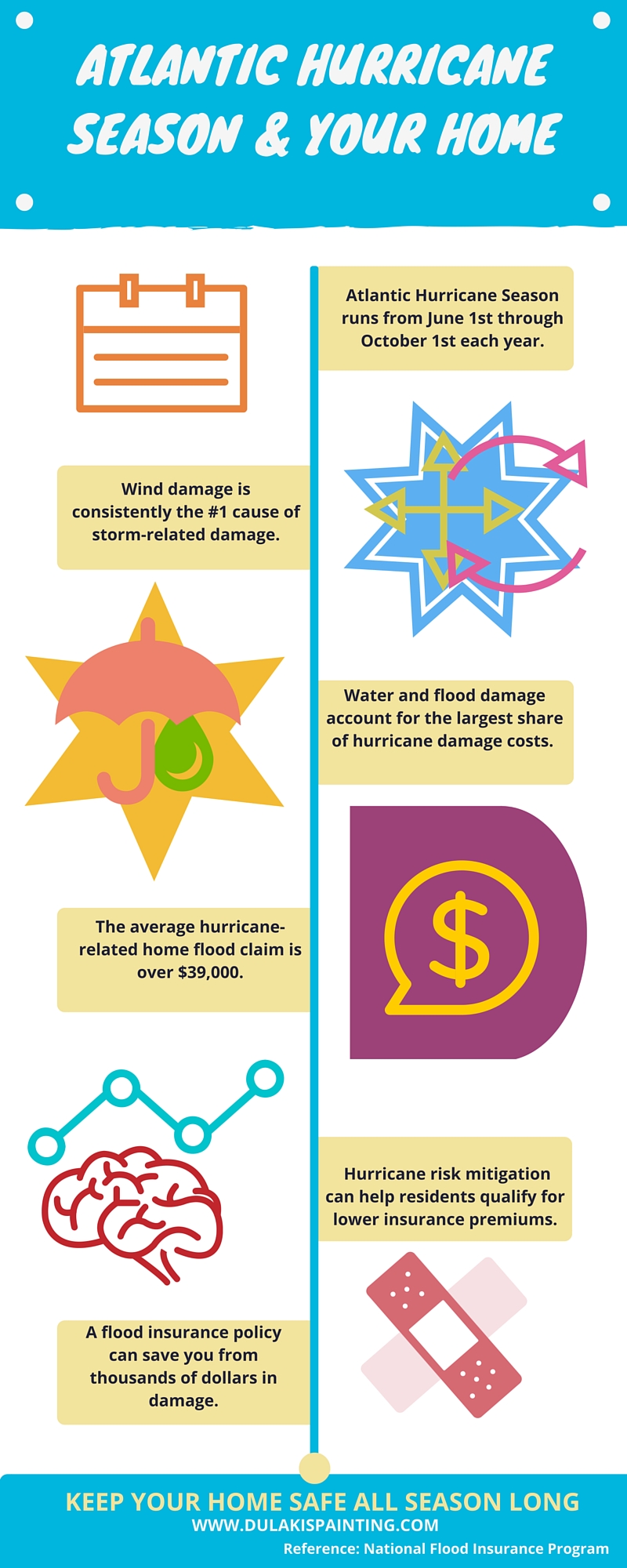Discover How Seasonal Variables Affect Business External Painting Success And Uncover The Most Effective Times To Ensure Enduring Results For Your Task
Discover How Seasonal Variables Affect Business External Painting Success And Uncover The Most Effective Times To Ensure Enduring Results For Your Task
Blog Article
go here Composed By-Carlson Rodriquez
When you're planning an industrial external paint task, seasonal aspects can make or damage your results. You'll intend to think about exactly how temperature and humidity effect paint application and drying times. Choosing the right season can ensure your paint sticks correctly and lasts much longer. Yet which seasons are really the very best for this type of job? Let's explore the key elements that can impact your task's success.
The Effect of Temperature Level on Paint Application
When you're intending a business external painting project, the temperature can dramatically affect how well the paint adheres and dries out.
Preferably, you want to repaint when temperatures vary between 50 ° F and 85 ° F. If it's as well chilly, the paint may not treat effectively, leading to problems like peeling off or breaking.
On the other hand, if it's too warm, the paint can dry out as well promptly, stopping proper adhesion and causing an irregular coating.
You need to additionally consider the time of day; morning or late afternoon uses cooler temperature levels, which can be extra desirable.
Always inspect commercial interior painting contractors for the particular paint you're using, as they typically supply advice on the suitable temperature level array for optimum outcomes.
Humidity and Its Effect on Drying Times
Temperature isn't the only ecological aspect that affects your business exterior painting project; moisture plays a significant duty too. High humidity levels can reduce drying out times considerably, affecting the overall top quality of your paint work.
When the air is filled with moisture, the paint takes longer to treat, which can result in concerns like poor adhesion and a higher danger of mold development. If you're painting on an especially damp day, be gotten ready for extensive delay times in between layers.
It's important to check neighborhood weather conditions and strategy as necessary. Preferably, aim for moisture levels between 40% and 70% for optimum drying out.
Keeping these factors in mind ensures your job stays on track and supplies a long-term finish.
Best Seasons for Commercial Exterior Painting Projects
What's the very best season for your commercial exterior painting jobs?
Springtime and early loss are generally your best bets. During these seasons, temperature levels are mild, and humidity degrees are often reduced, creating optimal conditions for paint application and drying.
Avoid click over here now , which can trigger paint to dry too rapidly, resulting in bad attachment and coating. In a similar way, winter months's cold temperature levels can prevent appropriate drying and treating, risking the durability of your paint work.
Go for unopened paint shelf life with temperatures in between 50 ° F and 85 ° F for optimum outcomes. Keep in mind to examine the local weather prediction for rainfall, as damp conditions can ruin your task.
Planning around these elements guarantees your paint task runs efficiently and lasts longer.
Final thought
Finally, preparing your industrial external painting tasks around seasonal considerations can make a substantial distinction in the outcome. By organizing job throughout the suitable temperatures and humidity levels, you'll ensure better bond and drying times. Remember to watch on neighborhood weather forecasts and choose the correct time of year-- spring and very early fall are your best choices. Taking these actions will certainly help you achieve a durable and specialist coating that lasts.
